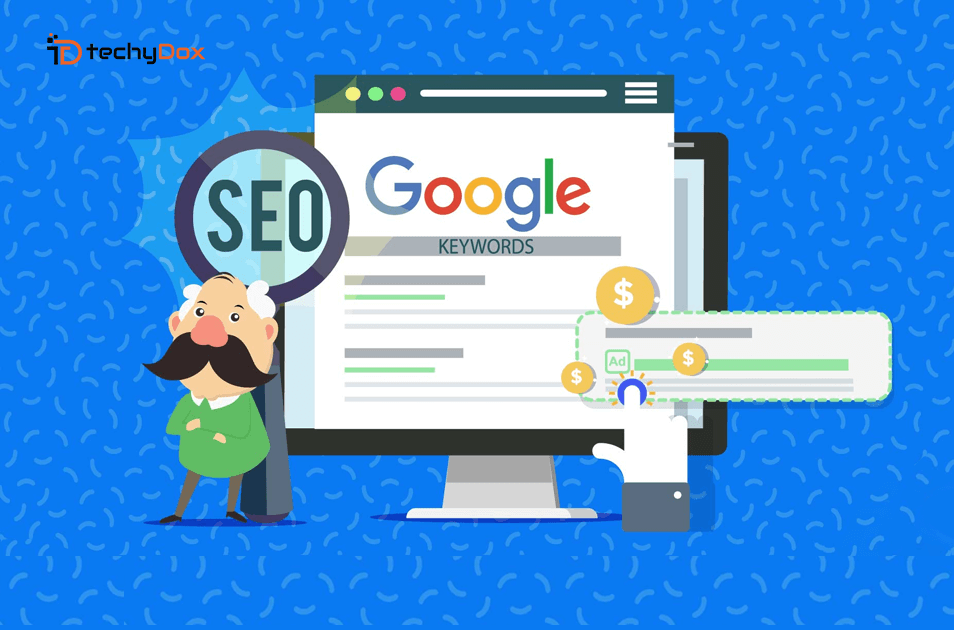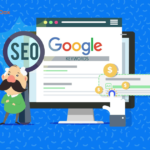Everyone is striving to increase their website ranking and traffic to increase their business. This is where Search Engine Optimization (SEO) comes into view. SEO is a process of enhancing the quality of your website. It helps bring your website to the top search results and gain more visitors.
On that note, do you know the best SEO practices for a great website? Don’t worry if you are a beginner. This blog unveils simple and easy tips for you to create an SEO-friendly website.
- Mobile-Responsive Website Design
One of those critical components of driving growth for your organization is a responsive website design. It enables your website to adjust to the device being used by the user. Whether users access your website through a smartphone, tablet, or computer, they will receive a tailored version for their device.
Most people nowadays browse the web via smartphone. So, if your website doesn’t adjust to the mobile screens, these users will not receive a good experience and might exit.
A mobile-responsive design would ensure the users don’t struggle to view images, read the text and click on the anchor text. This way, the visitors will hook up to your website for a longer time. Google analyzes the websites where visitors stay for a longer time and ranks them higher in the search results. Hence, you should work on an integrated responsive design.
- Keyword Optimized Website Content
Content plays a crucial role in driving traffic and engagement on your website resulting in more leads. It not only helps you establish yourself as an expert in your industry, but it also allows you to target relevant keywords that will generate prospective leads to your page.
Here are some essential steps you must follow to start creating content,
- Choose your content’s topic which is relevant to your business.
- Select the right set of keywords for your content that will help stimulate your website’s visibility.
- Conduct keyword research using accurate tools to find the appropriate key terms.
- Focus on the long tail keywords as they get better results.
- Figure out the kind of content you want to publish on your website – blogs, articles, videos, infographics, and eBooks.
- Create content that is readable, understandable, meaningful, and interactive.
- Target the keywords properly in your content to rank higher in the search engine results.
- Keyword Optimized Heading Tags
Creating keyword optimized content is not sufficient. You must give equal importance to optimizing the heading tags or header tags. These are the starting of any section of the content that describes it.
You can optimize the headings by incorporating priority keywords into them. To optimize the title of the page, you must integrate your most prior or focus keyword into the title. This way, Google can understand the purpose of your website and drive relevant audiences.
Headers are used to make the content easily scannable for the audience. They must be able to understand what the respective section holds by just reading the header. Also, follow a proper sequence of headers such as H1, H2, H3, and so on, as a good SEO practice.
- Internal Linking
Do you know the importance of internal linking in an SEO friendly website? Internal linking helps search engines new web pages on your website and rank them in the search results.
With the help of internal linking, Google can discover new pages with meaningful content on your website. Use the internal links in your content properly. Avoid adding links randomly to get your web pages indexed. Make sure the page is relevant to the anchor text you are putting the link to.
- Meta Description Optimization
Meta Description is a small paragraph that appears beneath the title of the page in Google search results. This paragraph gives a sneak peek into the content of the page.
For example, see the image below, the user must have searched “how to make Instagram reels”. So, all the websites that have relevant information on this query are shown in the Google results. In this, the paragraph below the title of the page is ‘Meta Description’.
The meta description tells the audience what they are going to read on the page. The user is going to click on those links whose description looks full of relevant information. So, your meta description should be informative about the page. Your meta descriptions should be within or exactly 150 characters as a good SEO practice. Do not exceed this limit as Google will cut off any text beyond that. This provides incomplete information to the readers and puts a negative impression.
- Readability
For an SEO friendly website, you must not overlook content, appearance, and user experience aspects of it.
When we talk about content, readability is the prime factor that will keep your visitor hooked. Readability refers to the ease with which a person can read the write up. If the visitor is not able to read the information on your website then they might just simply exit.
Readability of the text depends on a various factors;
- Size of the text should be 16 points or greater so that the readers can read it without zooming in.
- Color of the text should be visible on the white background. Avoid bright yellow, or other light colors.
- Font style must be easy to read, too much calligraphic or intricate fonts are not readable.
- Use headings and subheadings to break the sections of the content into small categories for the user to easily scan what to read.
- Use bullet numbers, Bold, Italic, Underline, highlighted, and other elements to instantly draw attention to important elements.
- Avoid writing long sentences and paragraphs as mouth full words are difficult to understand.
- Image-Optimization
An SEO friendly website is the one that loads quickly. A slow-loading website is a spoiler for the visitors and they might shift to your competitor’s website soon.
Consider your website’s images when trying to enhance its load time. Images are a great asset to any website, but their big file sizes might slow it down. Compress image sizes to optimize your site’s load time.
By reducing the image size, you will improve image load time, which will improve the load time of your webpage. Because the files will be smaller, they will load faster on your site. It enhances your website’s overall load time.
Start These SEO Practices
Hope these tips help you create an SEO-friendly website easily. Tick off each tip from the above checklist and wait for amazing results.
techyDox offers full-range SEO and content marketing services to transform your business. We use extensive strategies to get loads of traffic to your website and gear you up for real leads.




